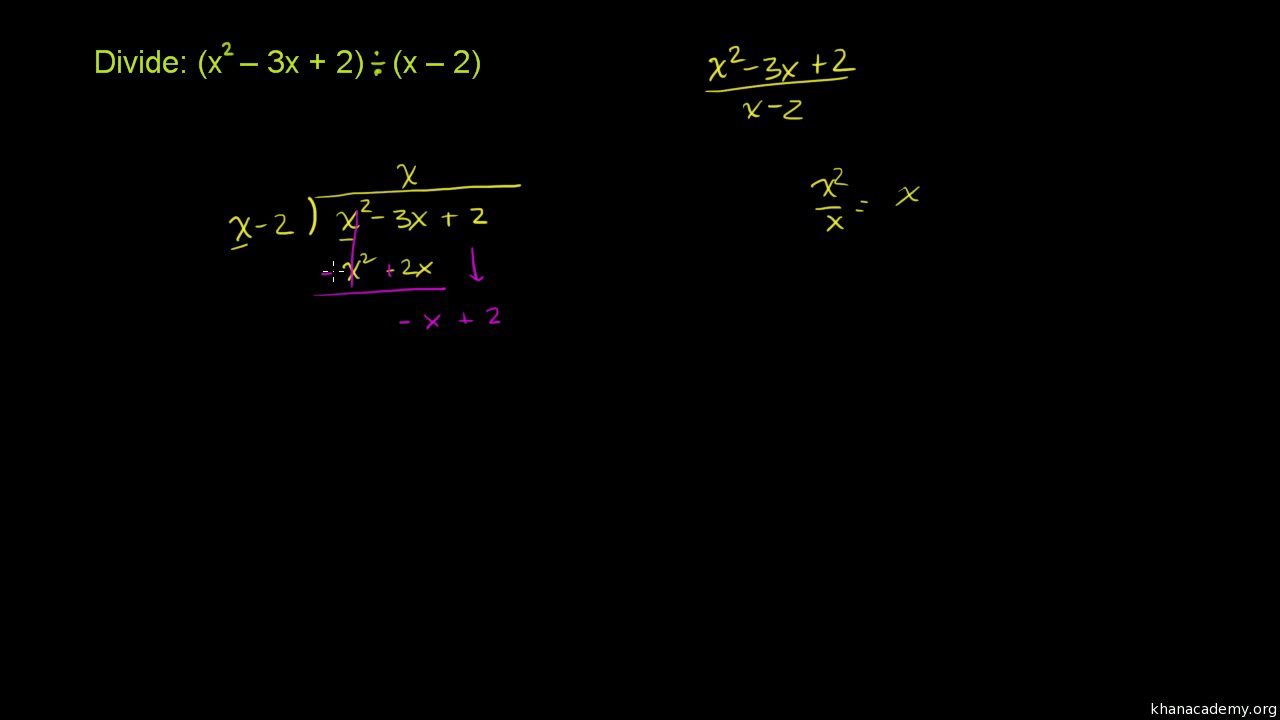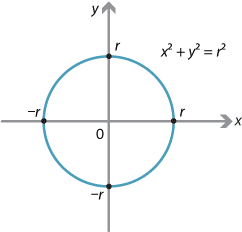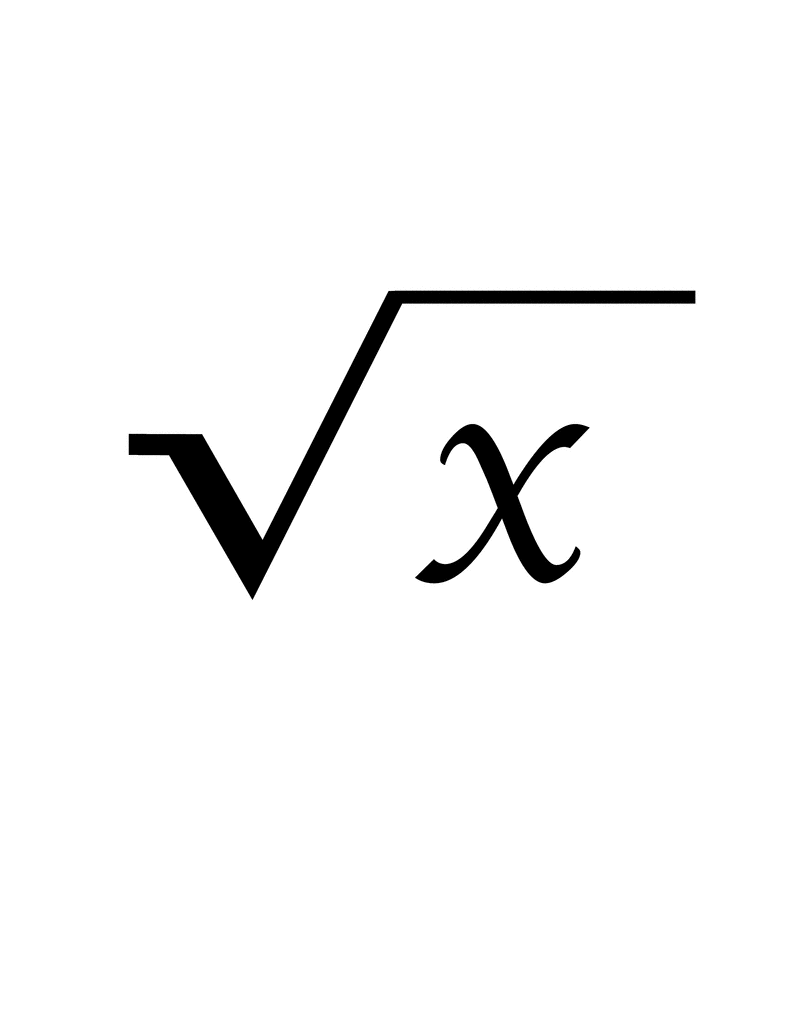Topic 1 divided by the square root of 2: Discover the intriguing world of mathematics with the expression 1 divided by the square root of 2. This article delves into its simplification process, trigonometric importance, and diverse applications in fields such as physics and engineering. Join us as we explore this fundamental mathematical concept in a clear and engaging manner.
Table of Content
Understanding 1 Divided by the Square Root of 2
The expression \(\frac{1}{\sqrt{2}}\) is a common mathematical expression that appears frequently in various fields, including mathematics, physics, and engineering. Here we will explore the steps to simplify this expression, its significance, and applications.
Steps to Simplify
- Start with the expression:
\(\frac{1}{\sqrt{2}}\) - Multiply the numerator and the denominator by \(\sqrt{2}\) to rationalize the denominator:
- The simplified form of the expression is:
\(\frac{\sqrt{2}}{2}\)
\(\frac{1}{\sqrt{2}} \times \frac{\sqrt{2}}{\sqrt{2}} = \frac{\sqrt{2}}{2}\)
Mathematical Significance
The value \(\frac{1}{\sqrt{2}}\) is significant because it frequently appears in trigonometry and geometry. For instance, it represents the sine and cosine of 45 degrees (or \(\pi/4\) radians):
- \(\sin(45^\circ) = \cos(45^\circ) = \frac{1}{\sqrt{2}} = \frac{\sqrt{2}}{2}\)
Applications
This expression is used in various applications:
- Physics: It appears in wave functions and quantum mechanics.
- Engineering: It is used in signal processing and electrical engineering.
- Geometry: It helps in calculations involving right-angled triangles.
Visual Representation
Below is a visual representation of the expression on the unit circle:
| Angle | Value |
| 45 degrees (or \(\pi/4\) radians) | \(\frac{1}{\sqrt{2}}\) or \(\frac{\sqrt{2}}{2}\) |
Understanding and simplifying \(\frac{1}{\sqrt{2}}\) provides a foundation for further studies in mathematics and its applications in real-world problems.

READ MORE:
Introduction
Understanding the expression is essential in various mathematical applications. This introduction provides a detailed explanation of the concept, starting from the definition, through the simplification process, and finally exploring its significance in different contexts.
- Definition: The expression represents a fraction where the numerator is 1, and the denominator is the square root of 2.
- Simplification:
- To simplify , multiply the numerator and the denominator by the square root of 2.
- This results in , which simplifies to .
- The simplified form is , commonly written as .
- Applications:
- Common in trigonometry, particularly in simplifying trigonometric functions like sine and cosine at 45 degrees.
- Used in physics for wave equations and quantum mechanics.
- Appears in various algorithms in computer science and engineering.
Mathematical Simplification
To simplify the expression \( \frac{1}{\sqrt{2}} \), follow these steps:
- Begin with the expression \( \frac{1}{\sqrt{2}} \).
- To rationalize the denominator, multiply both the numerator and the denominator by \( \sqrt{2} \).
- Perform the multiplication: \( \frac{1 \times \sqrt{2}}{\sqrt{2} \times \sqrt{2}} \).
- Simplify the expression to obtain \( \frac{\sqrt{2}}{2} \).
This results in a rationalized denominator, making the fraction \( \frac{\sqrt{2}}{2} \) more manageable for further mathematical operations.
Let's break this down step-by-step:
- Step 1: Multiply both the numerator and denominator by \( \sqrt{2} \):
\( \frac{1}{\sqrt{2}} \times \frac{\sqrt{2}}{\sqrt{2}} \) - Step 2: Simplify the denominator:
\( \sqrt{2} \times \sqrt{2} = 2 \) - Step 3: The simplified form is:
\( \frac{\sqrt{2}}{2} \)
Thus, the expression \( \frac{1}{\sqrt{2}} \) simplifies to \( \frac{\sqrt{2}}{2} \). Rationalizing the denominator not only makes the expression easier to work with in further calculations but also aligns with mathematical conventions for presenting results.
Rationalizing the Denominator
Rationalizing the denominator is a mathematical process used to eliminate radicals from the denominator of a fraction. This is often done to simplify expressions and make them easier to work with. Here, we'll go through the steps required to rationalize the denominator, using various examples to illustrate the process.
- Identify the radical in the denominator.
- Multiply both the numerator and the denominator by the conjugate of the denominator. The conjugate is found by changing the sign between two terms in the denominator.
- Use the distributive property to expand the numerator and denominator.
- Simplify the resulting expression by combining like terms and reducing if possible.
Let's look at an example:
- Given the expression \( \frac{1}{\sqrt{2}} \), multiply the numerator and the denominator by \( \sqrt{2} \): \[ \frac{1 \cdot \sqrt{2}}{\sqrt{2} \cdot \sqrt{2}} = \frac{\sqrt{2}}{2} \]
- For a more complex example, consider \( \frac{3}{2 - \sqrt{2}} \). The conjugate of the denominator \( 2 - \sqrt{2} \) is \( 2 + \sqrt{2} \). Multiply both the numerator and the denominator by the conjugate: \[ \frac{3}{2 - \sqrt{2}} \cdot \frac{2 + \sqrt{2}}{2 + \sqrt{2}} = \frac{3(2 + \sqrt{2})}{(2 - \sqrt{2})(2 + \sqrt{2})} \]
Using the difference of squares formula, the denominator simplifies as follows:
\[
(2 - \sqrt{2})(2 + \sqrt{2}) = 2^2 - (\sqrt{2})^2 = 4 - 2 = 2
\]
Thus, the expression simplifies to:
\[
\frac{3(2 + \sqrt{2})}{2} = \frac{6 + 3\sqrt{2}}{2} = 3 + \frac{3\sqrt{2}}{2}
\]
Through these steps, we have rationalized the denominator, making the expression simpler and more manageable.
Trigonometric Significance
The expression \(\frac{1}{\sqrt{2}}\) holds significant importance in trigonometry, particularly in relation to the angles of 45° (or \(\frac{\pi}{4}\) radians). In trigonometry, the sine and cosine of 45° are both equal to \(\frac{\sqrt{2}}{2}\), which simplifies to \(\frac{1}{\sqrt{2}}\). This value frequently appears in various trigonometric identities and calculations involving right-angled triangles and the unit circle.
Here are some key points:
Unit Circle: On the unit circle, the coordinates of the point corresponding to a 45° angle are \(\left(\frac{\sqrt{2}}{2}, \frac{\sqrt{2}}{2}\right)\). This means both the sine and cosine of 45° are \(\frac{\sqrt{2}}{2}\).
Trigonometric Functions: For angles of 45° or \(\frac{\pi}{4}\) radians, \(\sin(45^\circ) = \cos(45^\circ) = \frac{\sqrt{2}}{2}\). This relationship is fundamental in simplifying trigonometric expressions and solving equations.
Special Right Triangles: In a 45°-45°-90° triangle, the legs are equal, and the hypotenuse is \(\sqrt{2}\) times the length of each leg. This results in the sine and cosine values being \(\frac{\sqrt{2}}{2}\).
Trigonometric Identities: The value \(\frac{1}{\sqrt{2}}\) is essential in identities such as the double-angle and half-angle formulas, where it often appears in simplified forms.
Understanding the significance of \(\frac{1}{\sqrt{2}}\) in trigonometry helps in grasping more complex concepts and solving a wide range of mathematical problems effectively.
Geometric Applications
The expression \( \frac{1}{\sqrt{2}} \) has significant geometric applications, especially in the context of right triangles and squares. Here are some of the key applications:
- Right Triangles:
In a right triangle, where the two legs are equal, the ratio of the length of one leg to the hypotenuse is \( \frac{1}{\sqrt{2}} \). This relationship is crucial in understanding the properties of 45-45-90 triangles.
- Square Diagonals:
For a square with side length 1, the length of the diagonal is \( \sqrt{2} \). Consequently, the ratio of the side length to the diagonal is \( \frac{1}{\sqrt{2}} \). This ratio is important in various geometric constructions and proofs.
- Transformations:
Geometric transformations, such as rotations and reflections, often utilize the ratio \( \frac{1}{\sqrt{2}} \) to maintain proportions and angles, especially in isometric transformations.
| Application | Description |
|---|---|
| Right Triangles | In 45-45-90 triangles, the ratio between the legs and the hypotenuse is \( \frac{1}{\sqrt{2}} \). |
| Square Diagonals | The diagonal of a square with side length 1 is \( \sqrt{2} \), making the ratio of the side to the diagonal \( \frac{1}{\sqrt{2}} \). |
| Transformations | Used in maintaining proportions during geometric transformations like rotations. |
These geometric applications demonstrate the importance of \( \frac{1}{\sqrt{2}} \) in various mathematical and practical contexts, highlighting its fundamental role in geometry.
Occurrences in Physics
In physics, the expression appears frequently in various contexts. This section will delve into some of the key occurrences where this mathematical expression plays a significant role.
- Root Mean Square (RMS) Velocities: In kinetic theory, the velocities of gas molecules are often described using the RMS velocity. The average velocity, which accounts for the direction and speed of molecules, involves the factor when comparing the mean velocity of a single molecule to the average velocity of a group of molecules.
- Wave Functions in Quantum Mechanics: In quantum mechanics, the normalization of wave functions often includes integrals that result in expressions involving , particularly in the context of Gaussian functions and their related probabilities.
- Diffusion Processes: In the study of diffusion, especially in the context of the mean free path of molecules, the relative velocity between colliding molecules involves the factor to account for the distribution of molecular speeds.
- Electrical Engineering and Signal Processing: The RMS value of alternating current (AC) and voltage signals frequently involves calculations with , as it represents the effective value of the waveform.
- Optics and Wave Phenomena: In optics, particularly in the analysis of diffraction patterns and interference, the RMS amplitude of waves often includes the factor when calculating average intensities.
Engineering Applications
In engineering, the expression \( \frac{1}{\sqrt{2}} \) is often encountered in various contexts, particularly in electrical engineering, signal processing, and mechanical engineering. This value, which approximates to 0.707, plays a crucial role in the following areas:
-
Electrical Engineering:
In AC circuit analysis, \( \frac{1}{\sqrt{2}} \) is used to relate the peak value of a sinusoidal waveform to its root mean square (RMS) value. The RMS value of a sinusoidal voltage or current is obtained by multiplying the peak value by \( \frac{1}{\sqrt{2}} \). This is important for calculating the power delivered by AC signals.
Example:
- If the peak voltage (\( V_{peak} \)) is 10V, the RMS voltage (\( V_{RMS} \)) is:
\[
V_{RMS} = V_{peak} \times \frac{1}{\sqrt{2}} = 10V \times 0.707 \approx 7.07V
\] -
Signal Processing:
In signal processing, particularly in the context of Fourier transforms and filtering, \( \frac{1}{\sqrt{2}} \) appears in the normalization of certain functions to ensure energy preservation. This ensures that the total power of the signal remains constant during transformations.
-
Mechanical Engineering:
In mechanics, particularly in the analysis of stresses and strains, the factor \( \frac{1}{\sqrt{2}} \) appears when dealing with principal stresses and strains in materials. It is used in the transformation equations that relate different stress components.
Moreover, \( \frac{1}{\sqrt{2}} \) is significant in the design and analysis of systems that involve harmonic motion, wave propagation, and oscillations, where it is used to simplify equations and model behaviors effectively.
These applications highlight the importance of \( \frac{1}{\sqrt{2}} \) in practical engineering problems, making it an essential mathematical constant in the toolkit of engineers across various disciplines.
Visualization on the Unit Circle
The unit circle is a fundamental concept in trigonometry and helps to visualize various trigonometric values and their relationships. The expression \( \frac{1}{\sqrt{2}} \) plays a significant role in this context, particularly in relation to the angles of 45 degrees (or \( \frac{\pi}{4} \) radians).
To understand how \( \frac{1}{\sqrt{2}} \) fits into the unit circle, follow these steps:
-
Consider the unit circle centered at the origin \((0,0)\) with a radius of 1.
-
Identify the angle of 45 degrees (or \( \frac{\pi}{4} \) radians). This angle is located in the first quadrant of the unit circle.
-
The coordinates of a point on the unit circle at this angle are given by \( (\cos(\theta), \sin(\theta)) \), where \( \theta = 45^\circ \) or \( \theta = \frac{\pi}{4} \).
-
For \( \theta = 45^\circ \) or \( \theta = \frac{\pi}{4} \):
\[
\cos\left(\frac{\pi}{4}\right) = \sin\left(\frac{\pi}{4}\right) = \frac{1}{\sqrt{2}}
\] -
Thus, the coordinates of the point on the unit circle at 45 degrees are \( \left( \frac{1}{\sqrt{2}}, \frac{1}{\sqrt{2}} \right) \).
These coordinates indicate that both the x and y values are equal, each being \( \frac{1}{\sqrt{2}} \). This symmetry is due to the 45-degree angle, which bisects the first quadrant equally.
To visualize this on the unit circle, consider the following diagram:
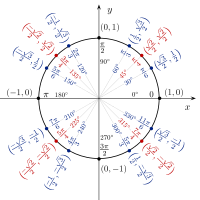
|
|
The value \( \frac{1}{\sqrt{2}} \) thus serves as a crucial reference for trigonometric calculations and visualizations on the unit circle, demonstrating its importance in both theoretical and practical applications.
Practical Examples and Problems
The value \( \frac{1}{\sqrt{2}} \) is frequently encountered in various practical scenarios. Here are some detailed examples and problems illustrating its applications:
Geometry
In geometry, \( \frac{1}{\sqrt{2}} \) often appears in calculations involving right triangles and circles.
- Right Triangle: For a right triangle where the two legs are equal, the length of the hypotenuse can be found using \( \frac{1}{\sqrt{2}} \). If the legs are each 1 unit, the hypotenuse will be \( \sqrt{1^2 + 1^2} = \sqrt{2} \). The length of each leg is then \( \frac{1}{\sqrt{2}} \cdot \sqrt{2} = 1 \).
- Circle Inscription: If a circle is inscribed in a square, the radius of the circle is half the length of the diagonal of the square. For a square with side length 1, the diagonal is \( \sqrt{2} \), making the radius \( \frac{1}{\sqrt{2}} \).
Trigonometry
In trigonometry, \( \frac{1}{\sqrt{2}} \) is significant because it represents the sine and cosine of 45 degrees (or \( \frac{\pi}{4} \) radians).
Here are some practical problems:
- Finding Heights: To find the height of an object using a 45-degree angle of elevation, the height \( h \) from a distance \( d \) can be calculated as \( h = d \cdot \frac{1}{\sqrt{2}} \).
- Distance Calculation: In navigation, if a path makes a 45-degree angle with a straight route, the direct distance \( d \) between two points can be found if the actual path length \( p \) is known: \( d = p \cdot \frac{1}{\sqrt{2}} \).
Computer Graphics
In computer graphics, \( \frac{1}{\sqrt{2}} \) is utilized for image transformations, especially rotations involving 45 degrees.
- Rotating Images: When rotating an image by 45 degrees, the coordinates of each pixel are transformed using the sine and cosine values, both of which are \( \frac{1}{\sqrt{2}} \). This ensures that the rotation is performed accurately, maintaining the image's proportions.
Example Problem
Consider the following problem:
A square has a side length of 1 unit. Calculate the length of its diagonal and the distance from the center to a corner.
- Diagonal Calculation: Using the Pythagorean theorem, the diagonal \( d \) is \( \sqrt{1^2 + 1^2} = \sqrt{2} \).
- Distance to Corner: The distance from the center to a corner is half the diagonal, which is \( \frac{\sqrt{2}}{2} = \frac{1}{\sqrt{2}} \).
This problem illustrates the use of \( \frac{1}{\sqrt{2}} \) in a simple geometric context, showing its practical relevance and ease of application.
Conclusion
The value of \( \frac{1}{\sqrt{2}} \), which simplifies to \( \frac{\sqrt{2}}{2} \), holds significant importance across various fields of study. This mathematical constant, derived from rationalizing the denominator of a simple fraction, not only provides insight into the nature of irrational numbers but also plays a crucial role in numerous practical applications.
In mathematics, \( \frac{\sqrt{2}}{2} \) frequently appears in trigonometry, particularly when dealing with angles of 45 degrees, where it represents the sine and cosine values. This showcases its relevance in understanding rotational symmetries and periodic functions.
In physics, this constant emerges in quantum mechanics and wave theory, where it aids in solving problems related to wavefunctions and probabilities. Similarly, in engineering, \( \frac{\sqrt{2}}{2} \) is utilized in signal processing and electrical engineering, particularly in the design and analysis of alternating current circuits and filters.
Geometrically, \( \frac{\sqrt{2}}{2} \) assists in visualizing points on the unit circle, providing a foundation for comprehending more complex shapes and forms. This visualization aids in various practical computations and graphical representations.
Overall, \( \frac{\sqrt{2}}{2} \) is a testament to the interconnectedness of mathematical principles and their application in solving real-world problems. Its presence across different domains underscores the elegance and utility of mathematical simplification and rationalization. By understanding and utilizing this constant, we can approach a wide array of scientific and engineering challenges with greater precision and clarity.
Chia Một Số Nguyên Cho Một Số Vô Tỷ
READ MORE:
Học Cách Chia Các Số Dưới Dạng Căn


